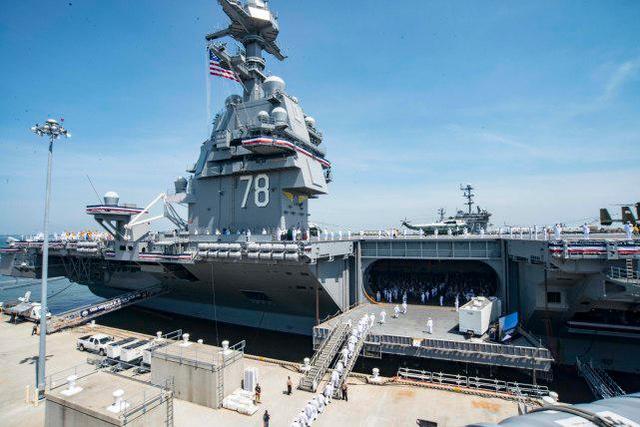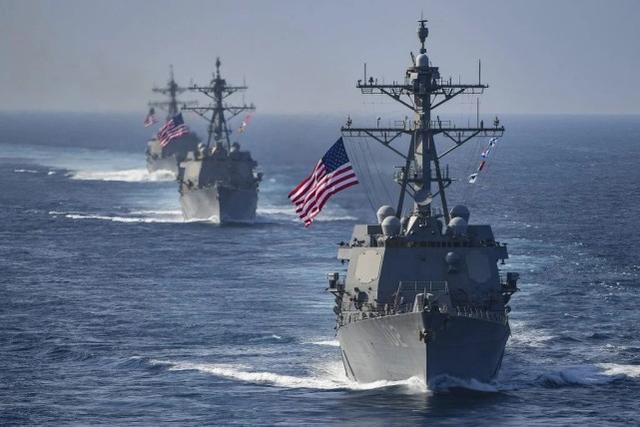According to a report on December 11, the White House plans to announce a five-year shipbuilding plan will bring a larger budget to the U.S. Navy, but at the same time, it will reduce the Navy’s plan to build large aircraft carriers in the future.
This angered the planners of the Pentagon, who have been discussing how to balance the needs of the U.S. Navy and other services for many years.
The report quoted the U.S. military website Defense One as saying that the upcoming document released by the White House Office of Management and Budget (OMB) proposes a large-scale shipbuilding plan, but at the expense of some future aircraft carriers of the U.S. Navy.
A spokesman for Russ Vought, director of OMB, said: “Our updated 30-year shipbuilding plan is a reliable and affordable road map to maritime supremacy and sends out to our opponents, such as China. A powerful message.
A U.S. official familiar with the plan said that in order to make the proposed naval budget work, the necessary cuts in the budgets of the army and air force have been made, “completely unsustainable for any service, and if it continues to do so, it will lead to an empty force”.
In a commentary piece published in the Wall Street Journal on Wednesday, Walter and White House national security adviser O’Brien defended the Pentagon to meet these demanding demands.
They wrote, “Assuming that the budget ceiling of the U.S. Department of Defense in fiscal year 2022 is $722 billion, the plan will increase the cost of shipbuilding by only $6.7 billion, or 33%, to $27 billion in the first year.
By 2026, the cost of shipbuilding of the navy will increase by $39 billion.
There is no need to sacrifice other countries’ security priorities, and the increased costs can be fully offset by reinvesting the money saved from the Middle East withdrawal, managing the size of military personnel and cutting Pentagon expenses.”

According to the report, OMB’s proposal will reduce the fifth “Ford”-class aircraft carrier that has not yet been named, which is expected to enter service in 2036, which means that the U.S. Navy will only build four new aircraft carriers: “Ford”, which has been completed but not yet been put into service; “John F. Kennedy”, which is currently under construction; “Enterprise The industry is planned to lay the keel in 2022; and the Doris Miller is planned to be built in 2026.
The U.S. Congress has allocated funds for all four aircraft carriers.
According to current service life estimates, if the planned fifth Ford-class aircraft carrier is cancelled and there is no new large aircraft carrier construction plan, the U.S. Navy will have nine aircraft carriers by 2040, only seven by 2046 and fewer by 2050.
Earlier this year, an internal study of the future naval force of the United States recommended that the U.S. Navy maintain the size of 8 to 11 aircraft carriers.

Former U.S. Secretary of Defense Esper announced the results of the study in October. The study suggests that by 2045, the U.S. Navy will have 500 warships, including at least 140 unmanned warships.
The U.S. Navy currently has 296 warships, and the current goal is to have 355 warships by 2030.
The Russian satellite network said that the current shipbuilding plan of the U.S. Navy cannot achieve this goal.
However, the White House’s proposed plan will invest $170 billion between 2022 and 2026 for 82 manned and 21 unmanned warships.



